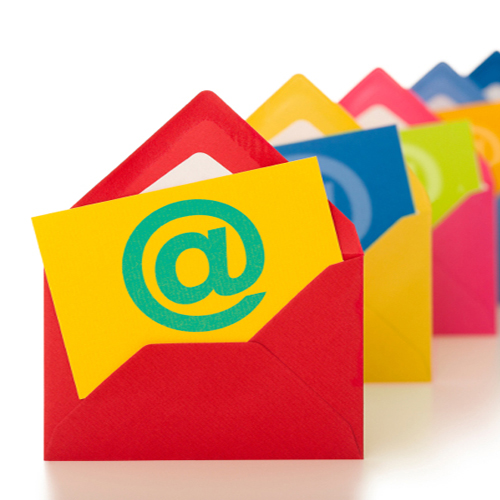Snapchat is the fastest growing social media platform with an estimated 200 million monthly active users that send 700 million photos/videos each day, viewed 500 million times per day, and there’s something marketers can take away from their exponential growth.

In recent years, Snapchat has become a mainstay in the world of social media and marketing, creating an immersive environment that allows users to interact with their favorite brands and even celebrities in real time. It’s methodology of allowing information to be disposable has done wonders to create products and brands, whether corporate or personal, that are completely humanized and relatable and it’s this precise facet that has made the platform so intriguing to marketers as the app continues to grow. What can we learn while traversing the snap landscape? In order to figure this out we have to first go back and take a look of the marketing strategy of the company itself. To begin with, Snapchat had an ingenious and ultimately unintentional marketing strategy/growth hack as a sexting app when it really wasn’t trying to be one. To quote company founder, Evan Spiegel, “It seems odd that at the beginning of the Internet everyone decided everything should stick around forever. I think our application makes communication a lot more human and natural…Ultimately, no, Snapchat Isn’t About Sexting.”
This was always the way snapchat looked at itself internally, however, conveying and executing this vision and value proposition was never going to be easy in the marketplace of messaging apps. This can also be evidenced by the early feedback Spiegel received from VC firms, who he says told him, “This is the dumbest thing ever…”
To overcome this problem, The initial app brilliantly included subtle ways to egg the masses and general media on to believe its sole existence was to help teenagers sext, such as ‘trying’ to prevent screenshots, making messages expire by default etc. This led to mainstream media to start an extended firestorm about how its dangerous for teenagers, asking parents to be wary about it, focusing about how it could never guarantee privacy of pictures and so on.
Playing along to this tune gave Snapchat tons of free publicity, not just any publicity but just the kind of publicity that mattered to their core demographic of rebellious teenagers who liked things their parents hated. User adoption in this group took off and true to snapchat’s earlier vision, they were not a sexting only app after all.
The biggest takeaways for any company from this strategy are
1. Understand your core demographic and what appeals to them, both from a product and marketing perspective
2. Marketing is not always about conveying your vision directly to your market
3. Any publicity is negative only if it is perceived to be negative by your core users
4. Getting featured in the mainstream media can be something meticulously planned for, but not always monetarily expensive
5. Growth hack features can take many ways, shapes and forms, not necessarily only the iterative ‘product-market’ fit we commonly read about



